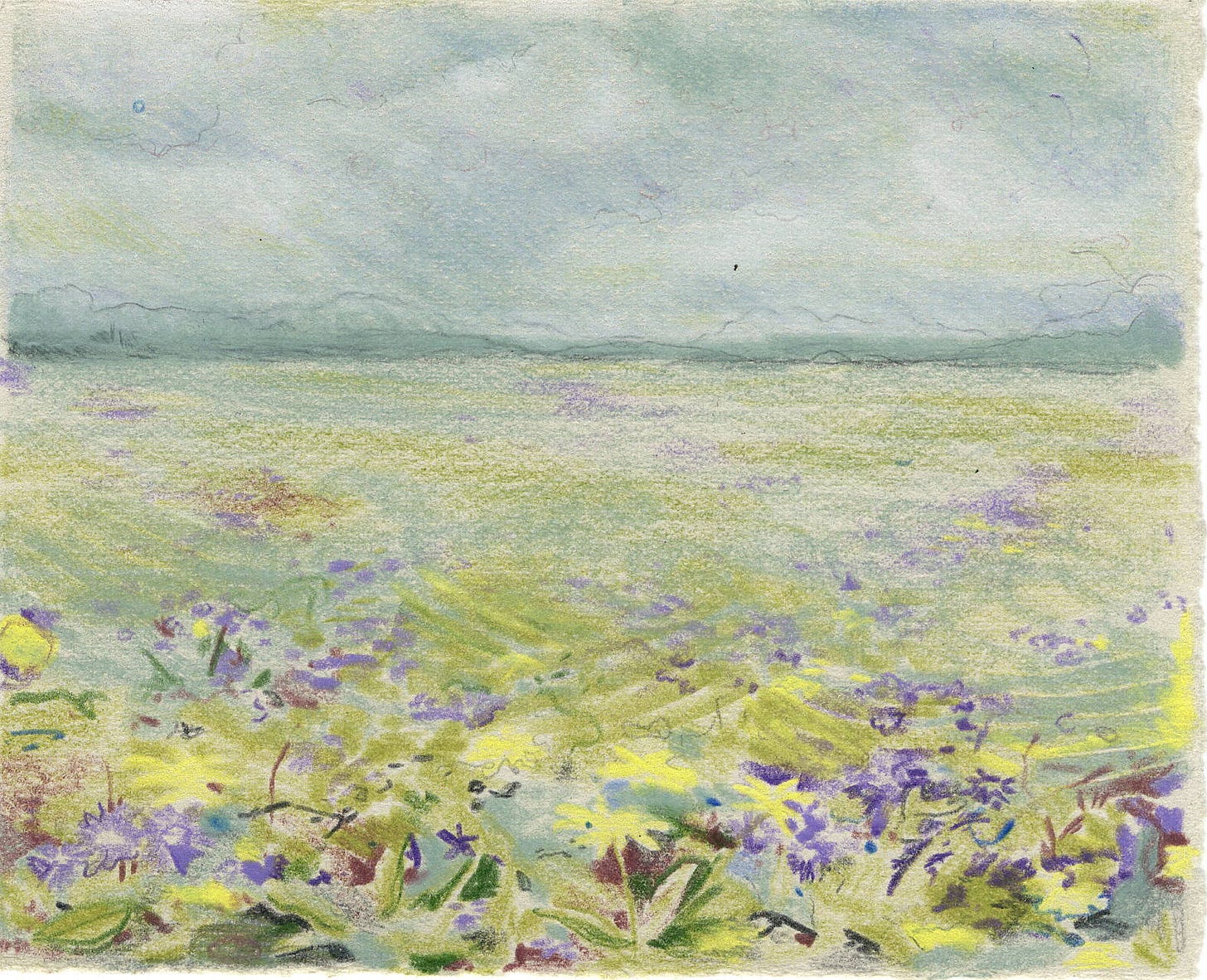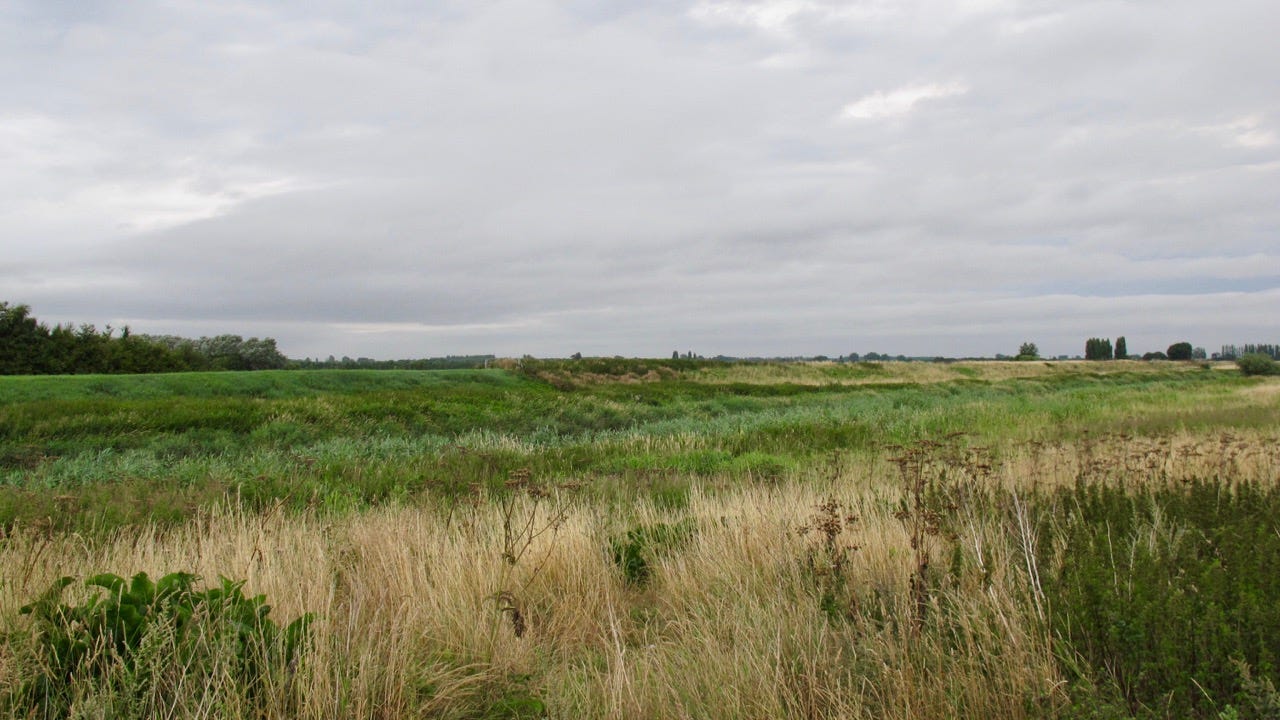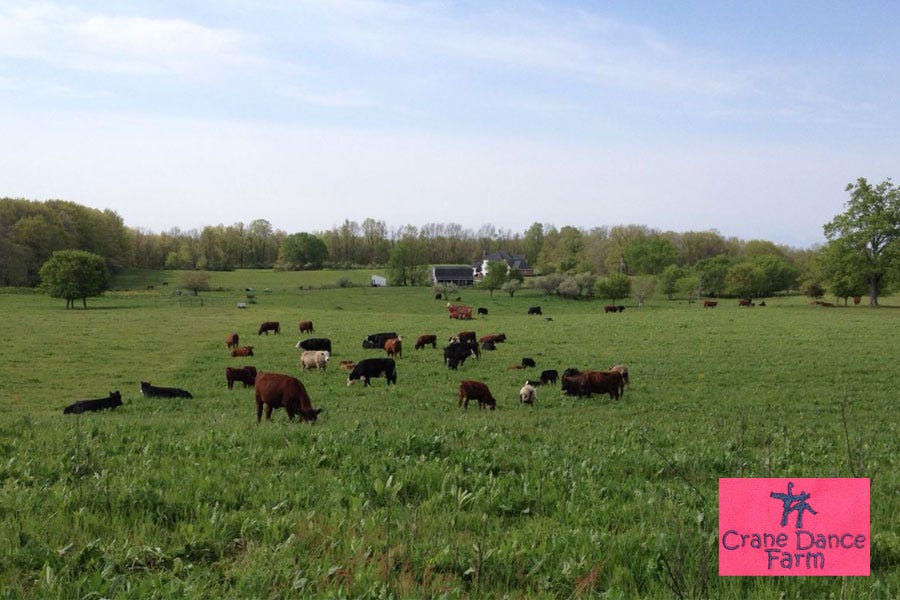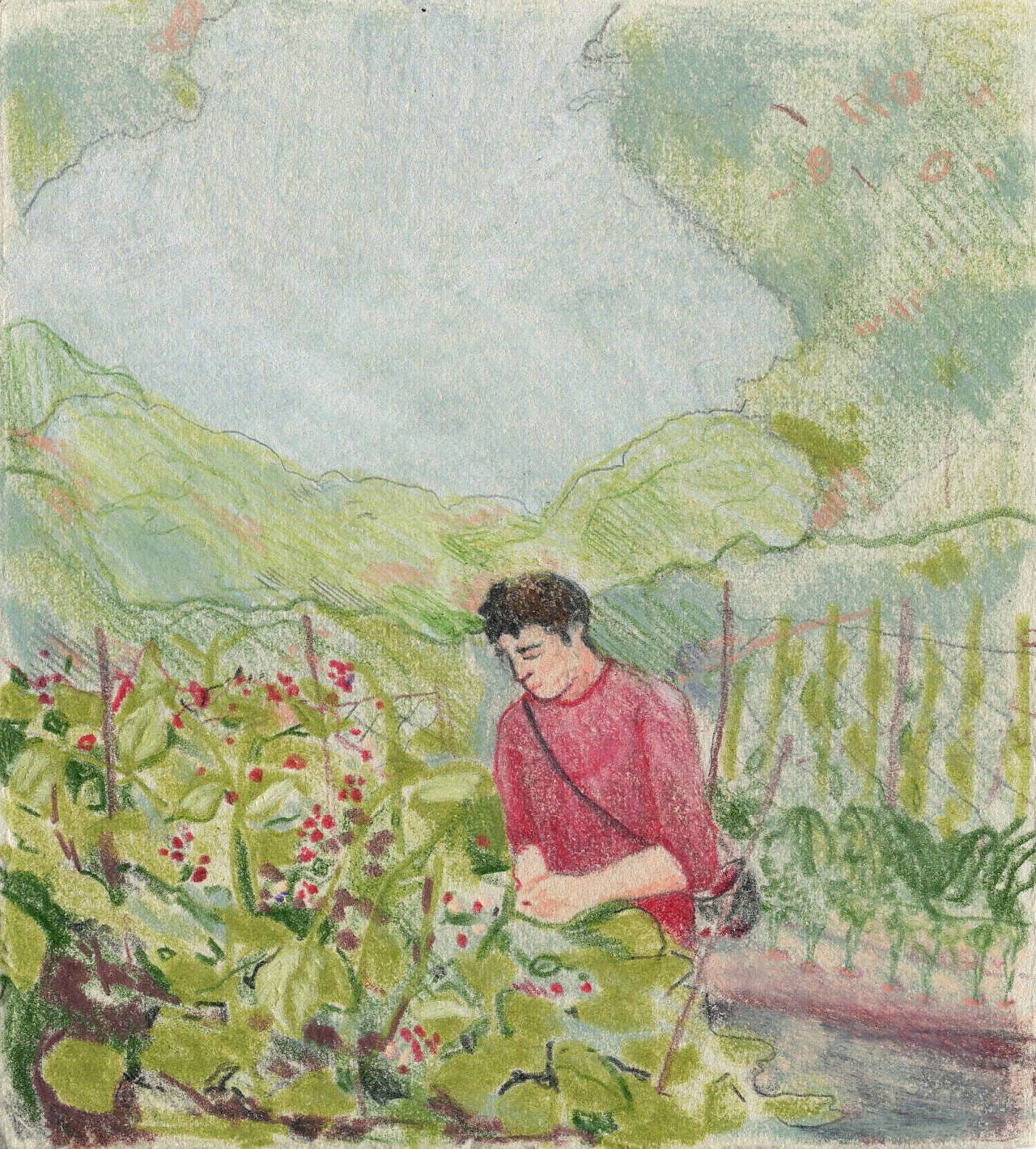On the urgency of fallow
How to apply an oxymoronic land practice to design ops and art.
To actively be in a state of in-activity is a good thing. Sure, call it a post-Odell practice or pro-Nap Ministry. (As in: this may not be a news flash for some.) These days I like to use the word and metaphor of “letting things lie fallow” for a few reasons:
Fallow has a direct and defined resonance with land; says Oxford: “(of farmland) plowed and harrowed but left unsown for a period in order to restore its fertility as part of a crop rotation or to avoid surplus production.”
It has a second definition that I would love to fight (WWE style); also says Oxford, “(of a period of time) characterized by inaction; unproductive. ‘long fallow periods when nothing seems to happen.’”
When many of us are swept along the strong tides and currents of work—the new! The now! The meetings! The KPIs and ROIs!—it leaves a mental residue: somehow, not doing something is culturally bad and signifies failure. (It also disproportionately affects classes, race, and ability. See: time off for the wealthy is leisure, but time off for the less wealthy is lazy; anything about racial capitalism; and Marta Russell and Ravi Malhotra’s Capitalism and Disability).
But when we look to the natural cycles around us, we’ve seen time and time again how inaction is actually a strategic action, a conscious decision, and a necessary step toward active listening, intake, and discovery. It is not “unproductive,” as Oxford claims. It’s straight up crop rotation, possibly one of the oldest forms (8,000-ish years) of regenerative agriculture. Lying fallow is oxymoronically productive—and a key to resisting burnout, promoting creativity, and pivoting toward our personal and communal needs.
Resonance requires listening
In Thijs Lijster’s The Future of the New, Lijster and Robin Celikates chat with Hartmut Rosa and unpack his theory that “resonance” is a salve for alienation. This topic, mind you, is pretty hot right now: the U.S. Surgeon General just declared loneliness and isolation an epidemic. Our government, just like many of us, are seeing the stress from the systems of capital that have caused us to feel alone, unsure, worried, afraid, and fearful of others. Finding a way to listen and move toward what resonates (and maybe more importantly, move away from what does not) is not dissimilar to moving toward biodiverse soil—and away from a field that needs time to recuperate after a harvest.
Take the design operations work I’ve been implementing for one of my clients, 92NY’s Belfer Center (the founders of Giving Tuesday, Women inPower, and the like). I spent the first few months just listening—like all good design operators—and am only now pitching new design systems and brand guides to more efficiently synch our work internally as we plan to scale one of our initiatives from a few staff to dozens in the coming years.
If I hadn’t listened and found what resonated with the team, we would have headed to Burnout Town. The longer we just do and not step back, the harder we crash, especially when work scales from a team of eight to eighty. I let the design system lay fallow to see what springs in the spring. Now, we know what’s there, what isn’t, and what we need to build to fill in gaps.
Work as land
One of my first jobs was for Crane Dance Farm, a women-owned, animal welfare-approved livestock farm in Michigan. Jill and Mary retired from teaching not only to live their dreams surrounded by healthy, happy cows, ducks, pigs, and chickens, but they wanted to also give back to the land that raised them.
I think about Jill and Mary’s teachings often: the land needs time to breathe. Once the cows crop the green grass on a few acres here, they’re moved to a few acres over there, and so on.
I think of my work—the emails, meetings, newsletters, art practice, and cheesecake baking—as the land, and move across it like a grass-fed cow. Some months, and even some years, see huge growth in some places; others are left to lie fallow. I’ve only released a remix in three years since my last album; I’m finally working on a new film about prednisone after a few years since my last film, HSA. I really only DJ three or four times a year. This newsletter, if you couldn’t tell already, happens when it happens.
Ultimately, what I learn on one acre informs the next acre. Sometimes I visit the fields I haven’t touched in a while—looking, listening, not doing much—and head home having “done” “nothing.” Other times I realize my love for food can be paired with music and making clothes to run a barbecue. They all tend to inform each other. It helps me resist the algorithmic urge to either (1) pick a lane, or (2) constantly and consistently produce-because-capitalism-says-so. So long as the work pays the bills, resonates, and brings me joy, it is enough.
So yes, sometimes this newsletter, or my art practice, or whatever may lie fallow. It’s probably because I’m out in the field, watering the gardens, bearing witness, seeing what springs.
Coda: No Till, No Problem
Kiss The Ground (2020) is a film that urges us to focus the fight against climate change on regenerating our planet’s soils. One example they highlight is no-till farming, which has proven itself (for centuries) as a method to drastically reduce wind and water erosion, high temperatures, and moisture loss. It’s a clear no-brainer—why keep tilling when we know it caused the Dust Bowl—but the method is up against monied lobbyists and skeptical farmers on razor-sharp margins.
If you want to help move no-till toward yes-to-no-till, the film’s Take Action page is a great place to start.
I also recommend advocating for cover crops, which the U.S. Department of Agriculture gave out $38 million of subsidies in 2022 for farmers to cover fallow fields, which heals soil, reduces erosion, and stores carbon from the atmosphere. Field peas as cover crops look promising in Nebraska, for example. Three-for-one-deals are hot.
And if you want to read more about applying fallow to your world, Michael Chieffalo and Julia Smachylo’s 2019 piece in The Architectural Review is lovely.







